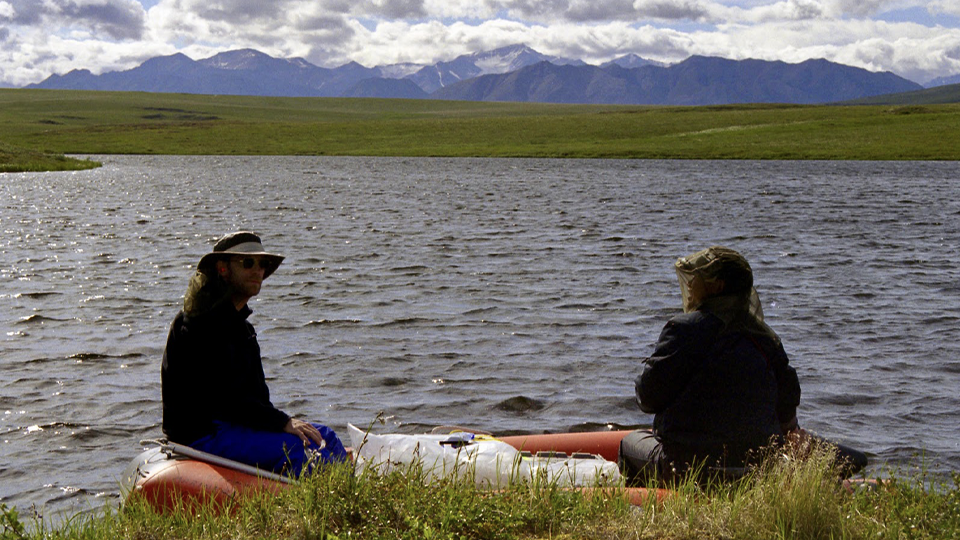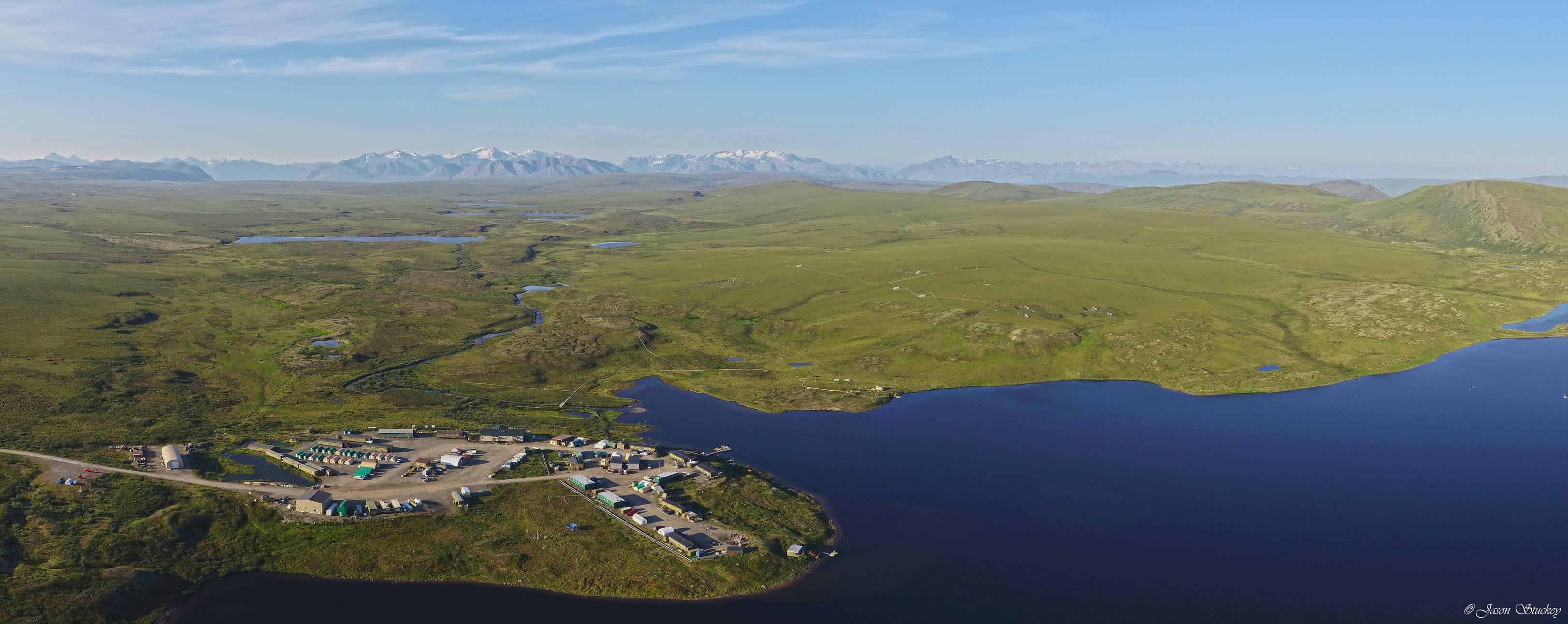
Arctic lakes reveal centuries of change
The North Slope of the Brooks Range in the Alaskan Arctic looks like a garden in the short summer season. The treeless tundra bursts with grasses, flowers, and shrubs in all shades of the rainbow.
Little lakes are scattered across the rolling terrain. They are shallow and under ice much of the year, but sediment that was pulled from the bottom of these remote waters 20 years ago can say a lot about centuries of environmental history at high latitudes.
Retired Science Museum scientist Dr. Dan Engstrom, director emeritus of the St. Croix Watershed Research Station, traveled to the Toolik Field Station on the North Slope in 2000 as part of a National Science Foundation-funded project.

Image credit: Toolik Field Station / Jason Stuckey
Along with collaborators from the University of Connecticut, Dan was there to measure how much mercury was being deposited in the water from the atmosphere. The lakes were remote and pristine; certainly, nobody had ever taken a sediment core from their bottom mud.
Laid down in layers like the pages of a book, lake sediment contains minerals, plant remains, and clues about long-term changes in the Earth’s ecosystems. What it has told scientists is that change has been the only constant in the Arctic for hundreds of years, as temperatures rebounded from a cool period called the Little Ice Age, which began in about 1600 AD.
More recently, human carbon emissions have caused rapid and unprecedented rise in atmospheric temperatures which has had profound effects on arctic ecosystems. The greatest changes have been recorded in the past 50 years.
What did the bottom of these pristine lakes tell Dan about climate change?
Dan’s study showed how the industrial era’s dependence on coal, petroleum, and other fossil fuels had put more mercury than ever in the atmosphere, where it made its way into lakes thousands of miles away. After the study was completed, the sediment cores were archived for nearly a decade at the Research Station.
Nearly 10 years later, John Anderson, then at the University of Copenhagen, visited the station and talked to Dan about the archived sediment.
He and Dan devised a new idea that could be tested by the samples. Anderson had been studying the effects of climate change on lakes in Greenland and thought the Alaska lakes might provide a great site for comparison. The effort eventually expanded to include fellow Science Museum scientist Dr. Adam Heathcote, who analyzed the data, Peter Leavitt, a biologist at the University of Regina, and Sarah Flood, a diatomist at the University of Loughborough.
Looking for runoff
The question they set out to answer was about how the amount of organic material that is running off into lakes had changed over time. They found that the ways compounds like carbon and nitrogen move between land and water started shifting at least 130 years ago. That’s when more carbon started getting buried in the lake sediments, driven by increased aquatic plant growth. That increased productivity was at first caused by wetter weather in the late 19th century, which changed how microbes in the soil grew and used nutrients.
More recently, increased amounts of nitrogen have been deposited in the lakes from the atmosphere—another product of fossil fuel energy production. That has also increased plant growth and carbon burial.
Two decades later
These findings were recently published in a new peer-reviewed paper two decades after the first samples were extracted in the Arctic.
The team did the work (without direct funding) by relying on diverse expertise and long-standing partnerships to slowly analyze and make sense of the data. With its publication, this paper is helping unravel the complex ways in which climate change and other global change drivers are altering Arctic aquatic ecosystems.